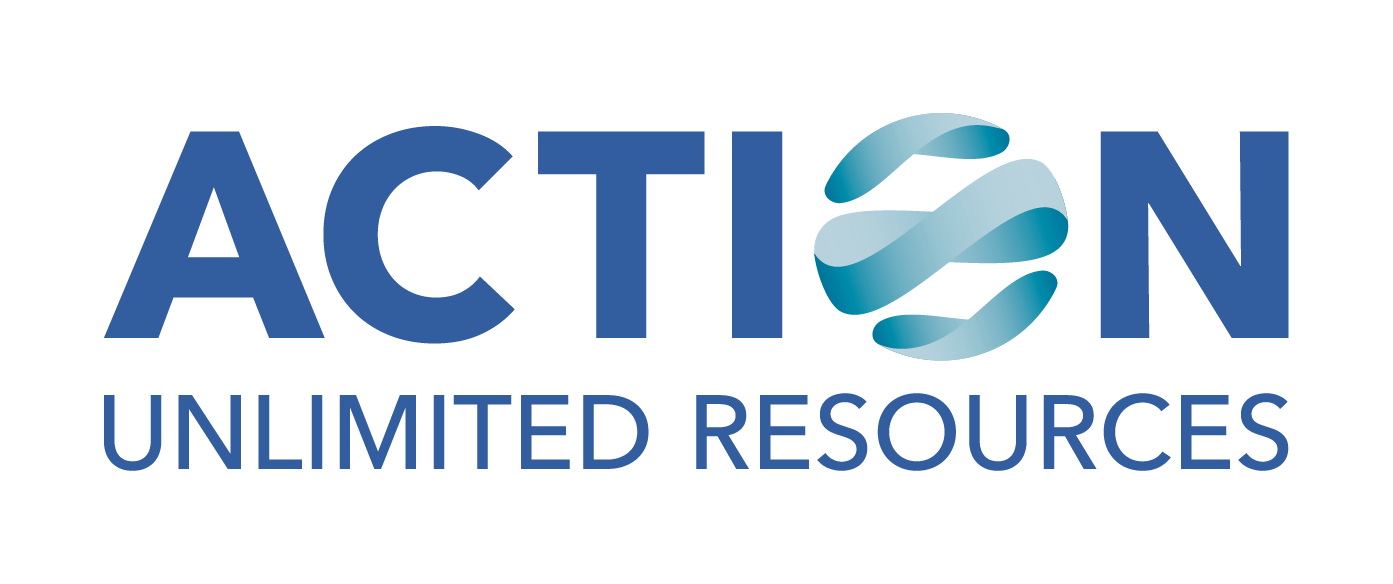
What began as a regular Tuesday for Domingo and Debbie, both facility staff employees at a private high school, quickly became anything but ordinary. As they entered a supply closet, Debbie tripped. She didn’t see the hose laying across the aisle, and as she fell, she knocked over a gallon of bleach with an unsecured cap. As Debbie crashed to the floor, she gashed her leg on a rusty bolt protruding from the side of an old and unused floor burnisher. The bleach splashed all over her open leg wound and sprayed in her face. Domingo, stunned but acting quickly, grabbed Debbie, and lifted her away from the bleach puddle still pouring from the open bottle as it hung precariously from the corner of the shelf. Domingo ran with Debbie’s left arm draped over his shoulder and her feet dragging on the floor down the hall. He knew Debbie needed to flush her eyes to clear the bleach. Twenty feet, forty feet, sixty… Domingo was covering as much ground as he could, but it was too far. Why wasn’t the eye wash station next to the supply closet that contained harmful chemicals? Who had left a hose across the floor and an open bottle of bleach on the shelf? Why was an old, rusted, and unused piece of equipment sitting in the supply closet in the first place? Domingo’s mind continued to race as he realized with despair and trepidation that all of this could have been avoided with the proper Health and Safety Program.
The Occupational Safety and Health Act of 1970 clearly states our common goal of safe and healthful working conditions. The safety and health of all employees should be the first consideration in the operation of any business. Safety and health in any business must be a part of every operation. Without question, it is every employee's responsibility at all levels.
Workplace safety begins with a documented Health and Safety Program. Your program will define the roles and responsibilities of the employees within your organization who will lead safety initiatives. Starting with a corporate-wide Safety Officer and working all the way down to individual contributors in every department of your organization, a documented program will include the following components:
- Company Health and Safety Program Guidelines
- Written Programs
- Safety Committee
- Routine Safety and Health Inspections
- Safety Meetings
- Accident and Incident Reporting
- Accident Investigation
- General Safety Rules for all Departments
- Recordkeeping Requirements
- Disciplinary Actions for Willful Unsafe Acts
The topics listed above can be expanded to include information such as site-specific safety and training initiatives, the timing of inspections, the frequency of meetings, forms and expectations for reporting accidents and violations, contact information for state and federal agencies, and documented processes to remediate employee or site violations.
The Occupational Safety and Health Administration, or OSHA, is an invaluable resource for information to assist in the creation of your organization’s program.
If you have a company Health and Safety Program in place, a safety officer responsible for its ongoing effectiveness, and regular training and workshops to offer education and compliance, then your organization is top-notch in safety consciousness. If you have never considered workplace safety, whether you work as a Facility Supervisor, a Shop Foreman, a Director of Quality Assurance, or even as an Investment Consultant, workplace safety is important to you and to everyone in your organization. Safety matters whether in an industrial facility or an office environment. Every employee in your organization has the right and the responsibility to work in a safe environment.
We can help, reach out to Action Unlimited Resources today and request a SmartSite™ Optimization and help your team reach its safe potential.

